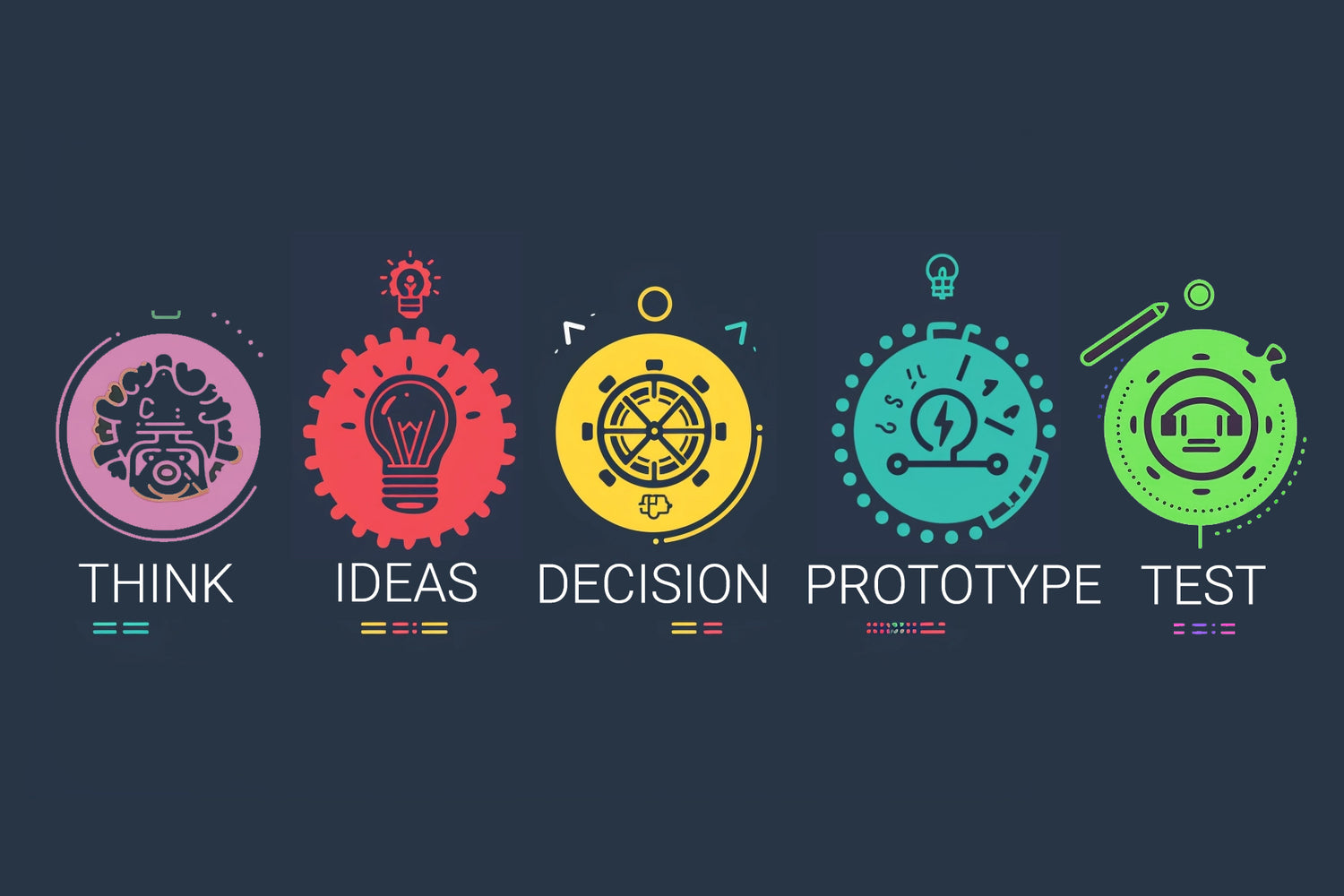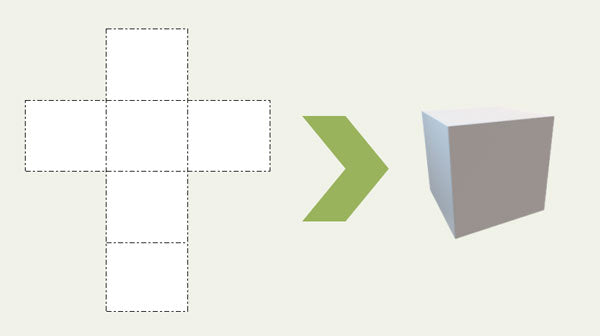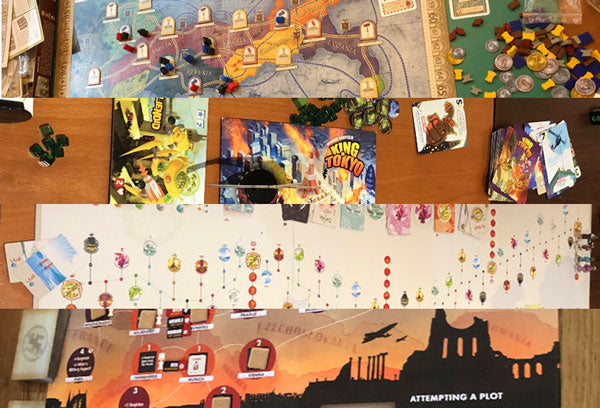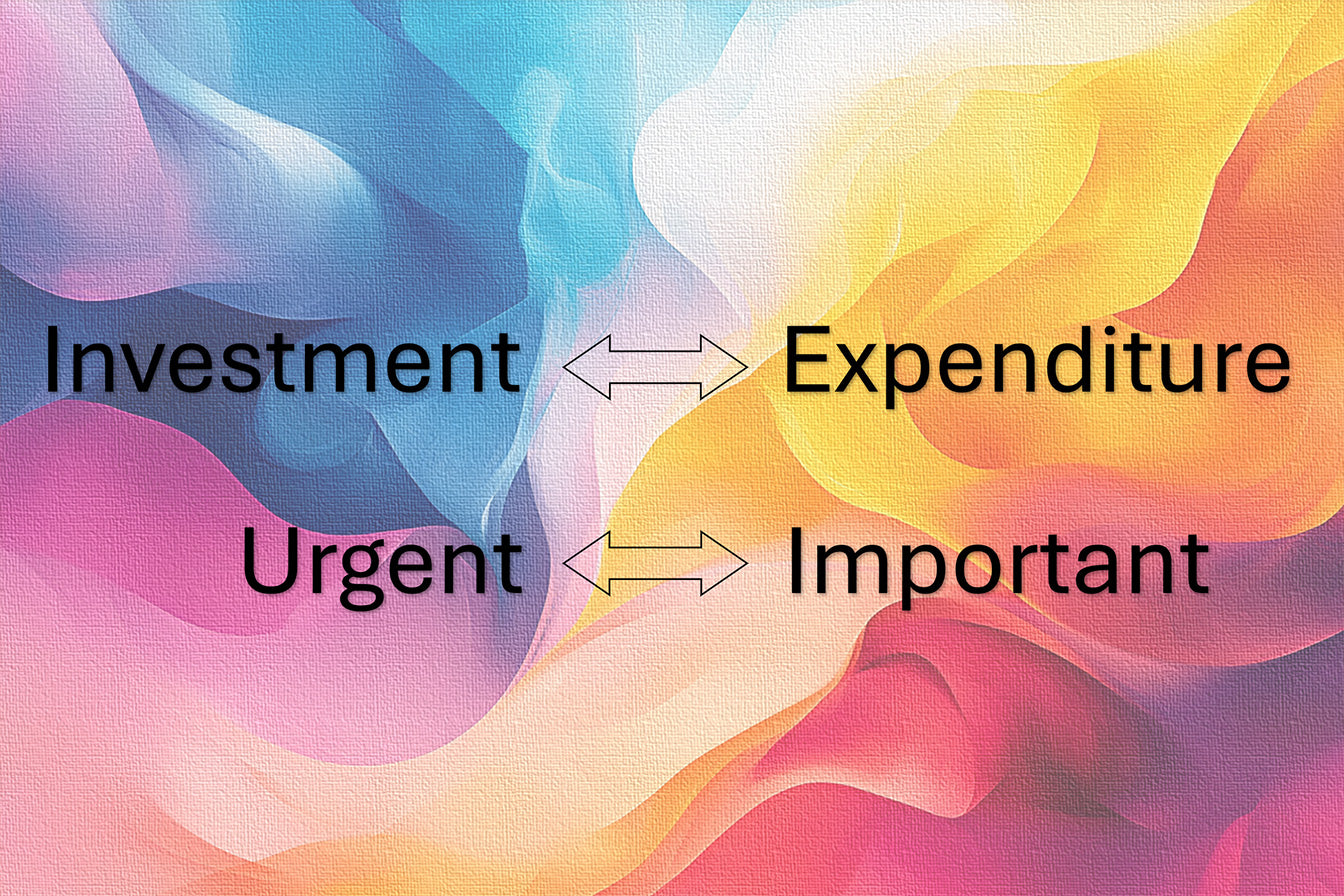Purpose
The purpose of this project management exercise is to simulate a real-world product development and marketing scenario, focusing on eco-friendly innovation. It is designed to enhance delegates’ understanding of the sprint methodology—a structured, time-bound approach that encourages creativity, rapid prototyping, and iteration based on customer feedback. This exercise aims to develop delegates' ability to work effectively in teams, under pressure, and with a clear focus on balancing innovative ideas with practical market demands.
Objective
Delegates will work in teams to tackle a broad product development challenge: creating an eco-friendly product or crafting a digital marketing strategy for a product launch. The exercise encompasses the stages of ideation, prototyping, and testing, all within a limited timeframe, mirroring the intensity and pace of real-world product development and marketing efforts.
What You Need
- A detailed brief of the product development challenge.
- Access to online resources for market research (if conducted in a classroom, ensure internet connectivity; if online, provide links to recommended resources).
- Materials for creating prototypes (can range from crafting materials for physical products to access to digital design tools for digital products).
- Feedback forms for testing phase (to simulate customer feedback).
Setup
- Divide the class into teams of at least three delegates.
- Assign each team a specific challenge, for example to develop a new eco-friendly product or devising a digital marketing strategy for a new product launch. Project examples are included at the end of this exercise for your inspiration. Choose projects based on your specific training needs and your delegates’ domains.
- Ensure each team has access to the necessary resources and materials for their assigned task.
- Get teams to apply the Sprint Methodology for their project management. Example what it is.
- Afterwards, follow with a discussion.
Sprint Methodology
The Sprint Methodology is a highly structured process that empowers teams to solve complex problems and test new ideas in a short period, typically within a week. Originally developed at Google Ventures, it has been widely adopted across various industries for product development, innovation, and improvement projects. The methodology is designed to encourage collaboration, creativity and critical thinking, leading to actionable solutions and insights. Here is a breakdown of the Sprint Methodology phases to include with the exercise to prepare the delegates:
1. Understand
The first day is dedicated to building a solid understanding of the challenge at hand. The team gathers and shares knowledge on the problem, customer needs and the market landscape. This phase involves mapping out the problem and identifying the focus for the sprint week. It is about creating a common ground for all team members and ensuring that the challenge is well-defined.
2. Diverge (Ideate)
During the diverge phase, team members generate a wide range of ideas independently, exploring all possible solutions to the challenge. This stage encourages creativity and out-of-the-box thinking, free from judgment and constraints. The goal is to come up with as many ideas as possible, which will later be refined and narrowed down.
3. Decide
In the decide phase, the team reviews all the ideas generated during the diverge phase and selects the most promising ones to prototype. This involves critical discussion and decision-making to evaluate the feasibility, impact and innovation of each idea. The team then decides on a clear direction and specific solutions to move forward with.
4. Prototype
The prototype phase is about turning ideas into tangible, testable concepts. Depending on the project, prototypes can range from paper sketches to digital mock-ups or functional prototypes. The key is to create something that can simulate the idea in a way that allows users to interact with it, providing the team with actionable feedback in the next phase.
5. Test
The final day is dedicated to testing the prototypes with real users or stakeholders. This phase is crucial for gathering insights into how the proposed solutions perform in real-world scenarios. Feedback from this phase is invaluable, as it highlights what works, what doesn’t and how the solutions can be improved.
6. Conclusion
The Sprint Methodology concludes with a review of the feedback and learnings from the test phase. The team discusses next steps, which may include further iterations, development or even starting another sprint with a different focus based on the insights gained. This methodology ensures that product development and innovation efforts are user-centred, actionable and driven by real-world feedback, making it an ideal approach for tackling complex challenges in a condensed timeframe.
Timing
Explaining the Exercise: 10 minutes
Activity:
- Ideation Phase: 45 minutes
- Prototyping Phase: 1 hour and 15 minutes
- Testing and Feedback Phase: 45 minutes
- Final Presentation: 15 minutes per team
Group Feedback: 15 minutes
Discussion
After the exercise, facilitate a discussion with the following questions to encourage reflection and consolidation of learning:
- How did you find the process of working within the sprint methodology? Did it enhance or hinder your creativity?
- What strategies did your team employ to balance innovation with feasibility and market demand?
- How did the constraints of time and resources affect your team’s approach to product development and marketing?
- Reflecting on the feedback received during the testing phase, how would you iterate on your product or strategy if given more time?
- What did you learn about teamwork and collaboration through this exercise?
This debrief is crucial for translating the exercise’s experiential learning into tangible insights and skills that can be applied in real-world scenarios.
Project Examples
Here are a few examples that trainers can use to inspire creativity and strategic thinking among teams. These examples are designed to inspire trainers to craft challenges that not only stimulate creativity and innovation but also address real-world problems. Remember that you are getting teams to go through a simulated exercise to learn about the Sprint Method as opposed to getting them deliver final products. Some of these solutions can be quite complex to produce and will require skilled teams as well as plenty of specialised resources. You may not have access to such resources within the context of this exercise. Plan and scope the exercise accordingly.
1. Sustainable Packaging Solution
Challenge Description: Plastic pollution is a pressing environmental issue, with excessive plastic packaging contributing significantly to waste. Teams are tasked with developing a sustainable packaging solution for a popular consumer product (e.g., food items, cosmetics) that is both eco-friendly and cost-effective. This challenge requires teams to consider materials, production processes and the lifecycle of the packaging, ensuring it minimizes environmental impact without sacrificing product quality or increasing costs prohibitively.
2. HealthTech: Virtual Health Assistant for Chronic Disease Management
Challenge Description: Chronic diseases require ongoing management and monitoring, often necessitating frequent healthcare visits. Teams are challenged to design a virtual health assistant application that helps patients manage their chronic conditions at home. The app should offer features like medication reminders, symptom tracking, personalised health tips and a communication portal for healthcare providers. The goal is to improve patient outcomes, reduce the burden on healthcare systems and enhance the quality of life for individuals with chronic conditions.
3. Green Mobility Campaign
Challenge Description: With the growing concern over carbon emissions from vehicles, there is a significant push towards green mobility solutions, such as electric vehicles (EVs), bicycles and public transportation. Teams are tasked with creating a digital marketing campaign to promote the adoption of green mobility in a medium-sized city. This includes identifying target audiences, crafting messages that resonate with those audiences and selecting channels for distribution. Teams need to consider the barriers to green mobility adoption in their strategies and how to effectively communicate the benefits.
4. Education Technology: Interactive Learning Platform for Remote Education
Challenge Description: The shift towards remote education has highlighted the need for more interactive and engaging online learning platforms. Teams are challenged to create an educational technology solution that supports interactive learning for students at various levels (e.g., college level, higher education). Features could include virtual classrooms, interactive quizzes, collaborative projects and AI-driven personalised learning paths. The aim is to enhance student engagement, improve learning outcomes and provide educators with effective tools for instruction and assessment.
5. Eco-Friendly Travel App
Challenge Description: The travel industry is a major contributor to global carbon emissions, but it also offers opportunities for promoting sustainability. Teams are challenged to design an eco-friendly travel app that helps users plan trips with the lowest environmental impact. This could include features like carbon footprint calculators, recommendations for sustainable accommodations, eco-friendly activities and green travel tips. The app should be user-friendly and provide real value to those looking to travel more sustainably.
6. Renewable Energy Awareness Initiative
Challenge Description: Despite the availability of renewable energy technologies, public awareness and adoption rates vary greatly. Teams are tasked with devising a digital marketing strategy to increase awareness and adoption of renewable energy solutions (e.g., solar panels, wind turbines) among homeowners. This challenge requires understanding the target market’s perceptions and barriers to adoption such as cost, misinformation and technical complexity. Craft messages that educate, inspire and motivate action.
7. Retail Innovation: Augmented Reality (AR) Shopping Experience
Challenge Description: Augmented reality (AR) offers new ways for consumers to interact with products before purchasing. Teams are tasked with developing an AR application for a retail company that allows customers to “try on” or visualise products at home before buying. This could apply to clothing, furniture or beauty products. The challenge involves creating a seamless, user-friendly experience that integrates with the retailer’s online platform, enhancing customer satisfaction and reducing return rates.
8. Zero-Waste Home Products Line
Challenge Description: The zero-waste movement aims to eliminate waste by encouraging the redesign of resource lifecycles so that all products are reused. Teams are challenged to create a line of home products (e.g., cleaning supplies, kitchen tools) that are fully sustainable, from production to packaging to end-of-life. Teams must consider the product’s utility, environmental impact and market viability, aiming to appeal to eco-conscious consumers seeking to reduce their ecological footprint.
Soft Skills Training Materials
Get downloadable training materials
Online Train the Trainer Course:
Core Skills
Learn How to Become the Best Trainer in Your Field
All Tags
Training Resources for You

Course Design Strategy
Available as paperback and ebook

Free Training Resources
Download a free comprehensive training package including training guidelines, soft skills training activities, assessment forms and useful training resources that you can use to enhance your courses.

Our Comprehensive Guide to Body Language

Train the Trainer Resources
Get Insights - Read Guides and Books - Attend Courses
Training Materials
Get downloadable training materials on: Management Training, Personal Development, Interpersonal Development, Human Resources, and Sales & Marketing














Leave a comment
All comments are moderated before being published.
This site is protected by hCaptcha and the hCaptcha Privacy Policy and Terms of Service apply.